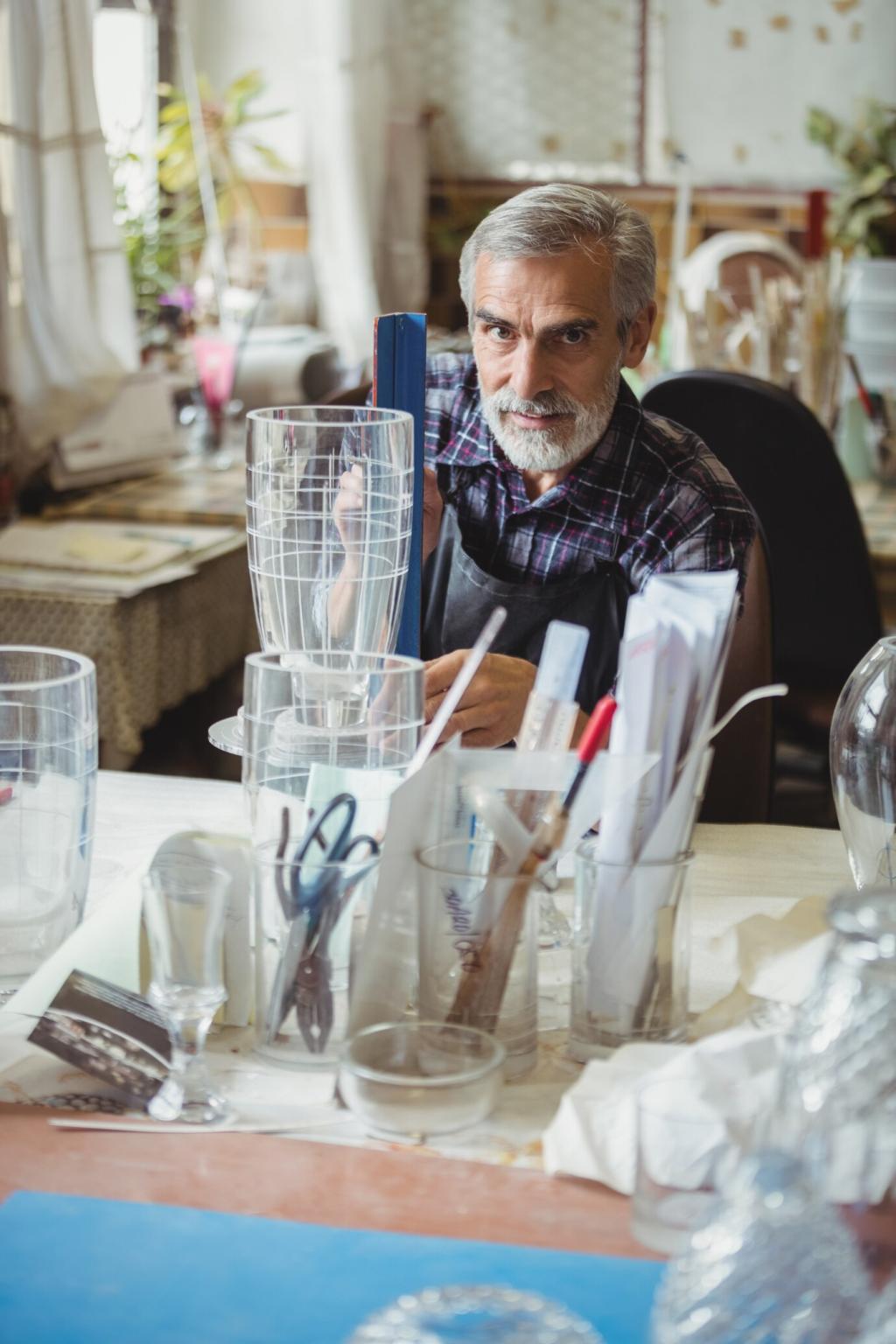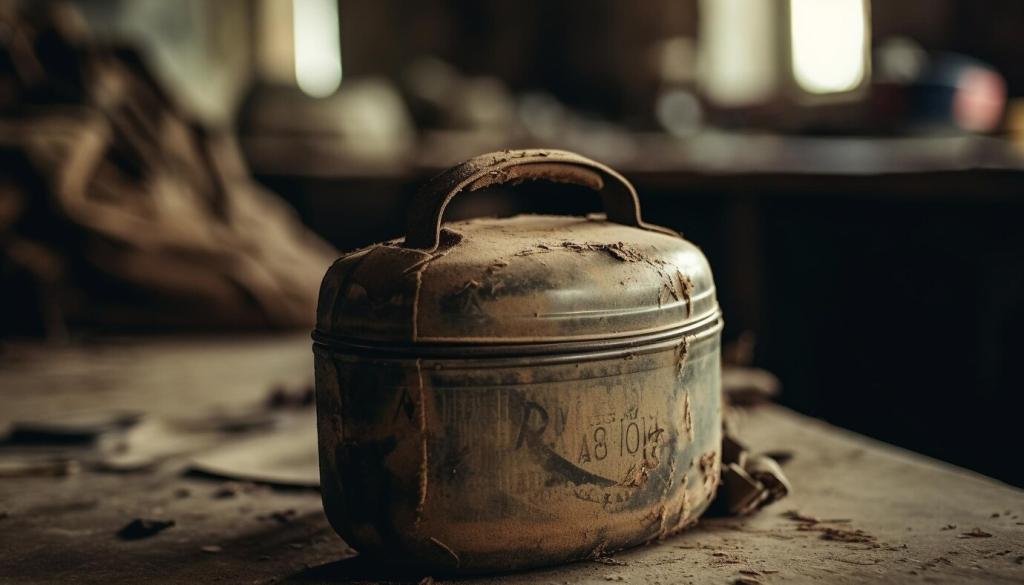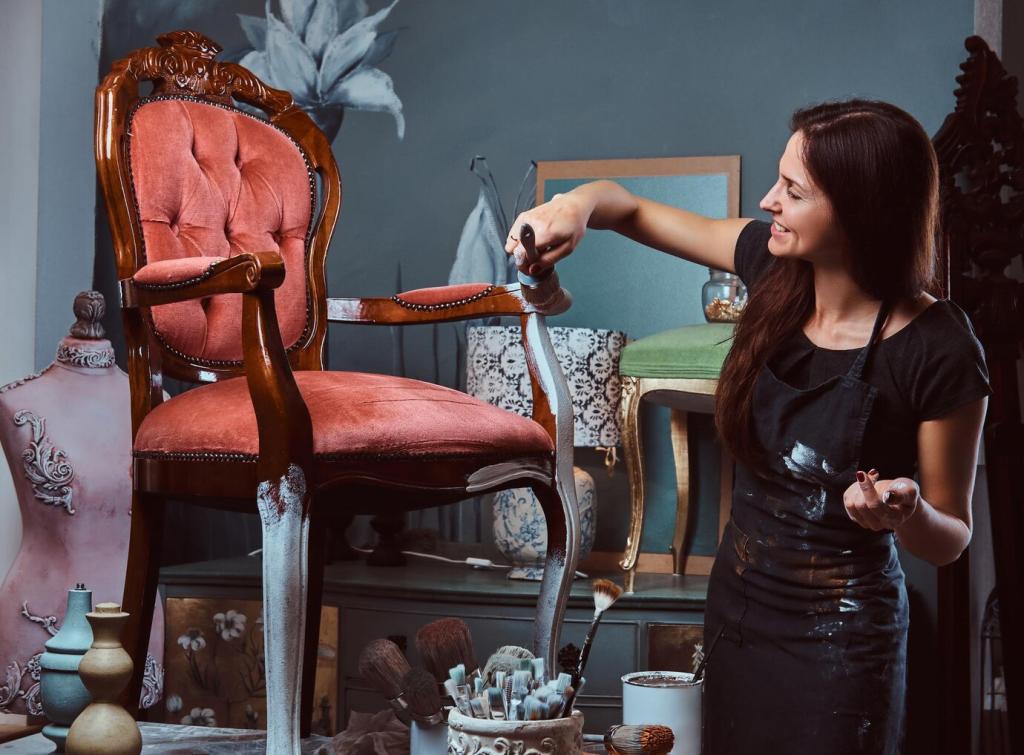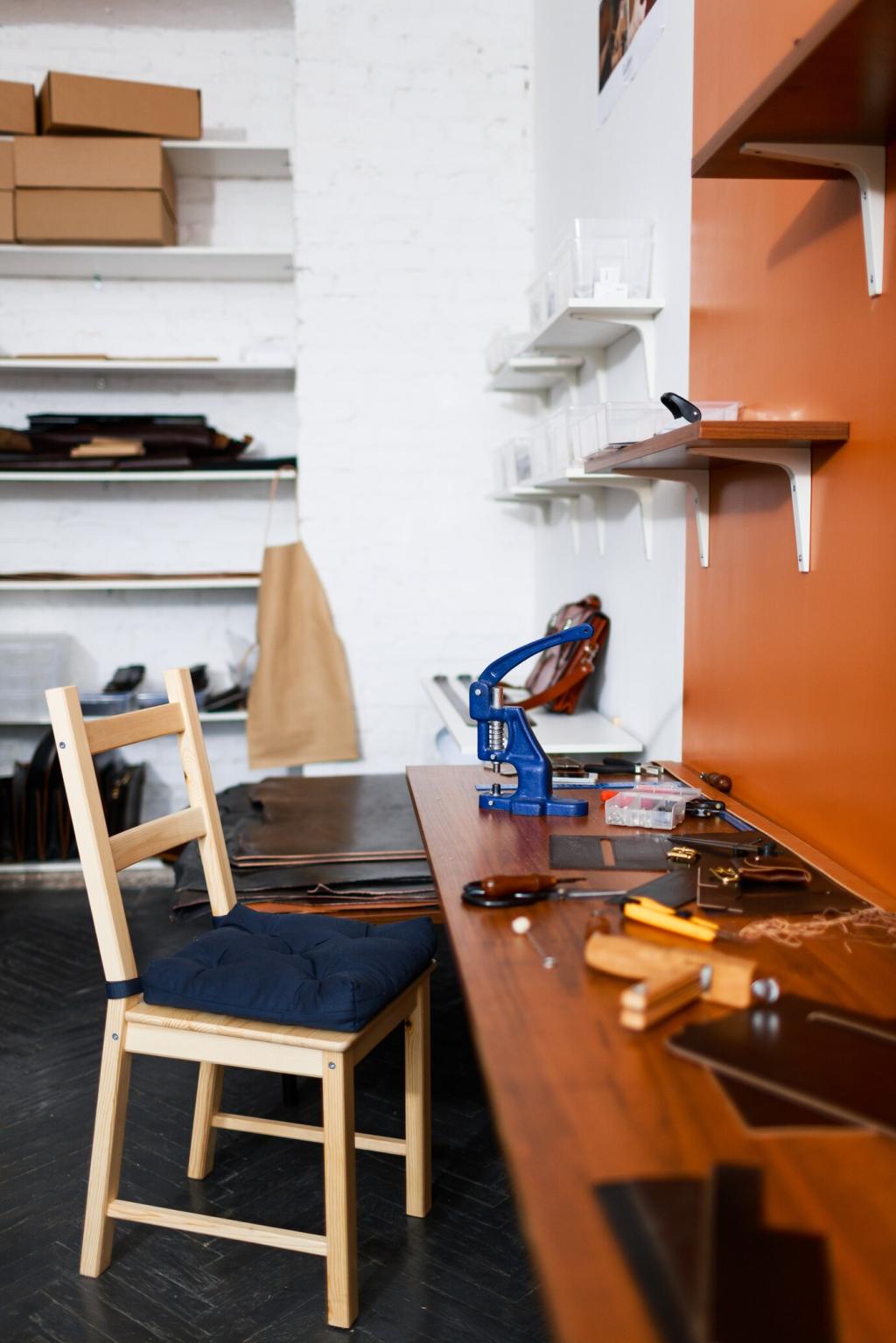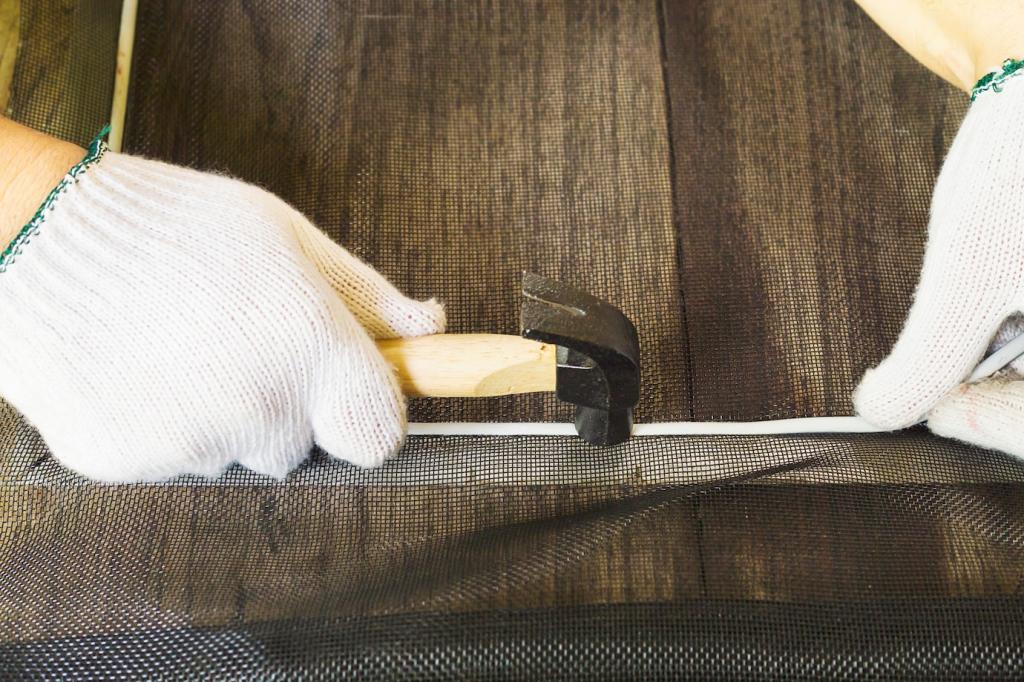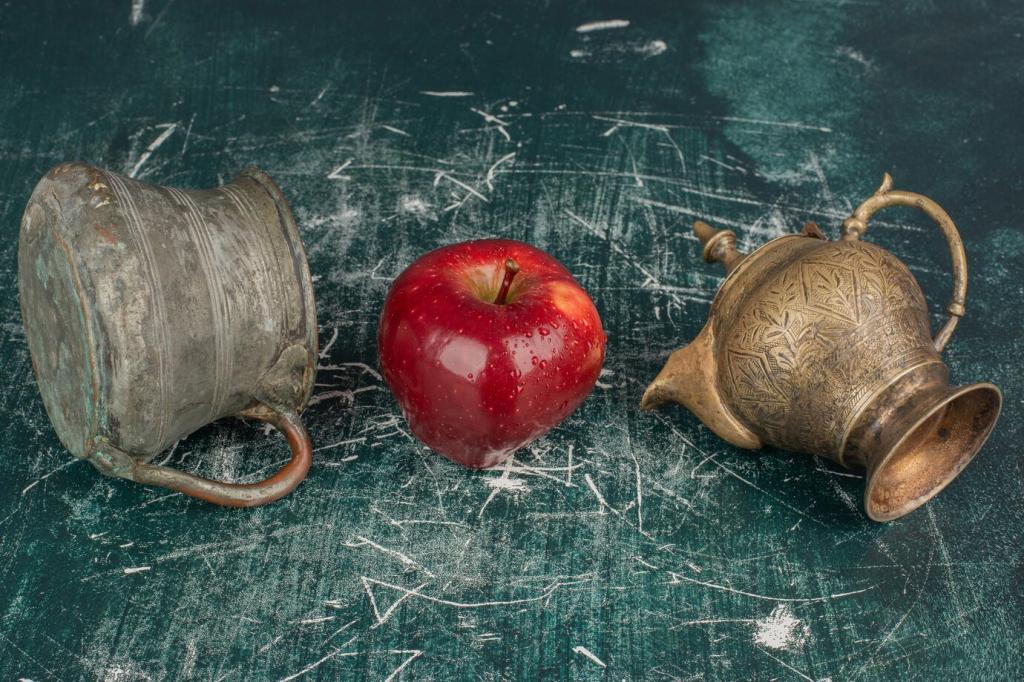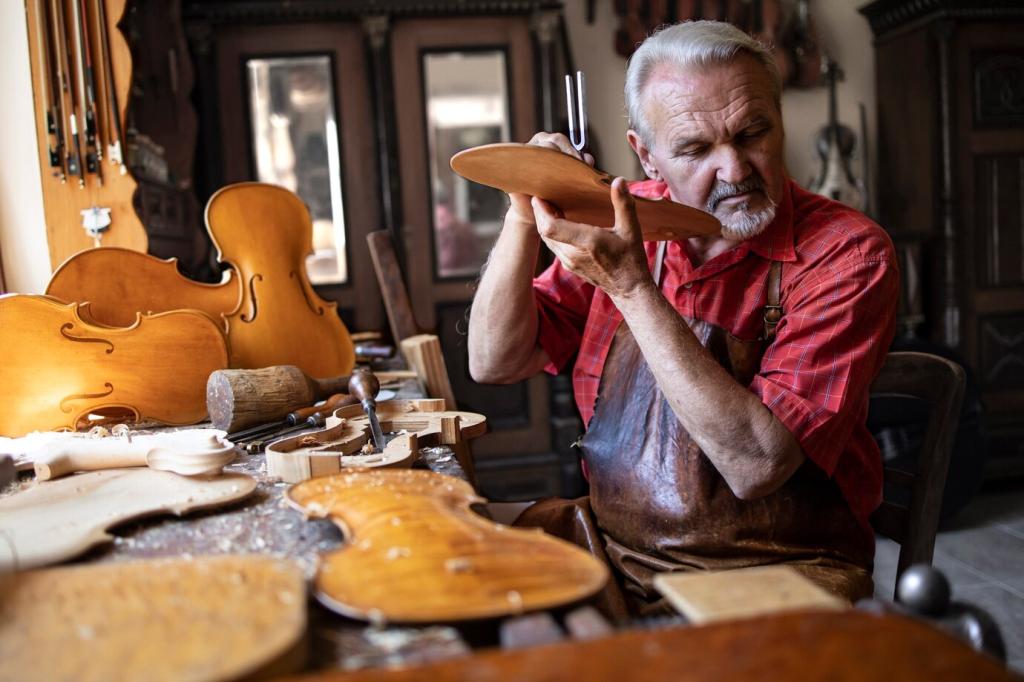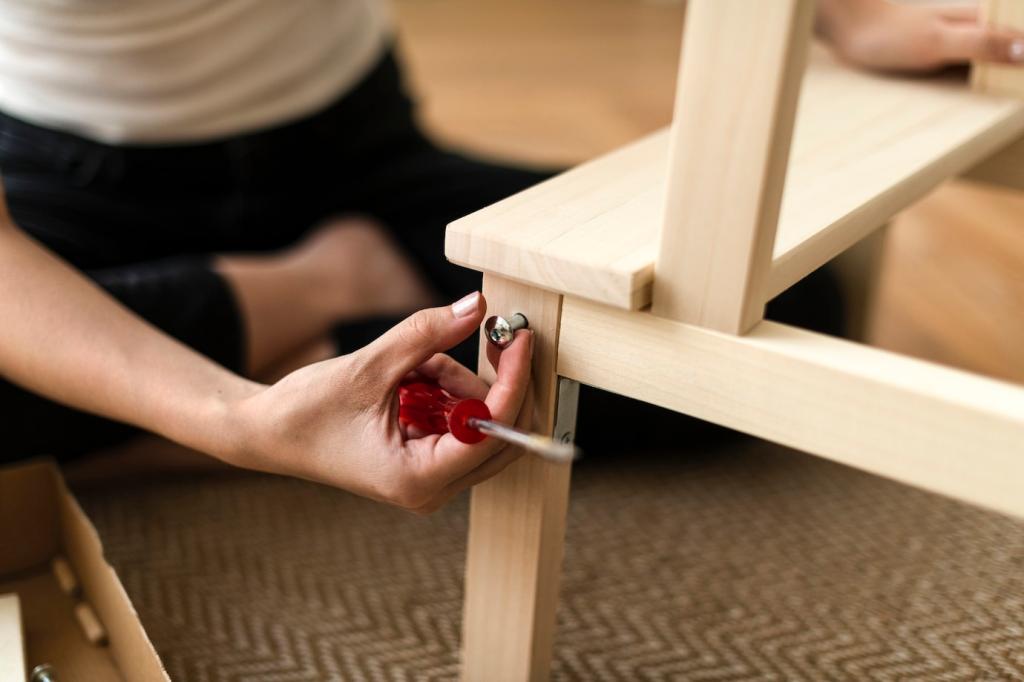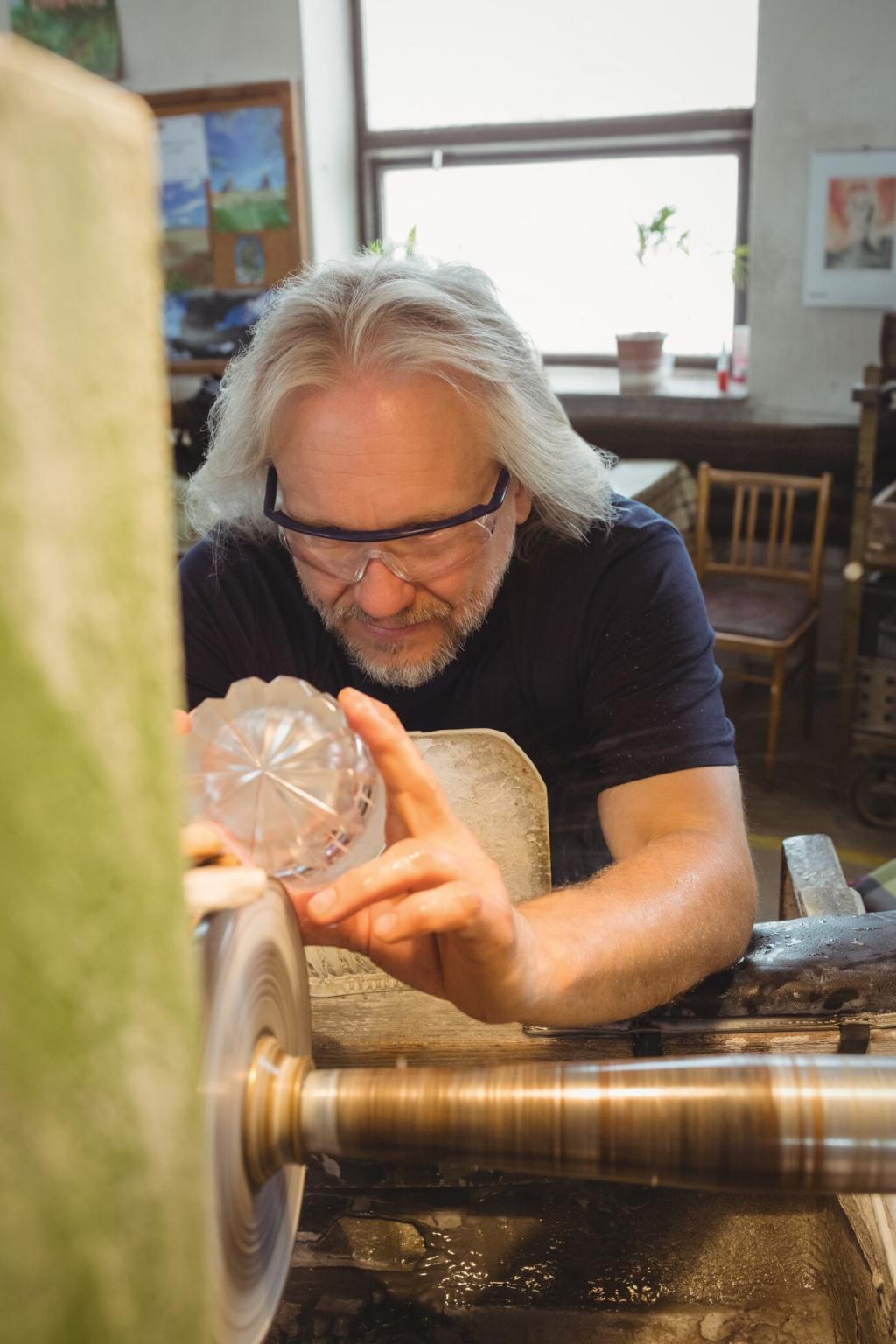Reading the Wood and Its History
Mahogany warms beautifully with shellac, oak’s open pores love waxed depth, and walnut sings under oil. Learn to read grain, pores, and color so your finish complements character rather than smothering it. Share your mystery wood photos and let’s identify together.
Reading the Wood and Its History
A quick alcohol swab softens shellac; lacquer thinner affects lacquer; varnish usually resists both. Those clues protect original coatings and patina. Keep craquelure, sun-faded halos, and gentle wear—they are the furniture’s memories. Comment with your test results and we’ll help interpret.

